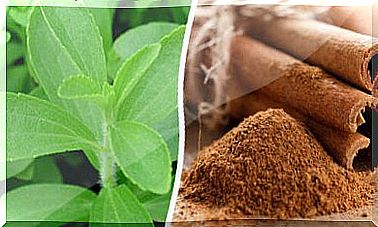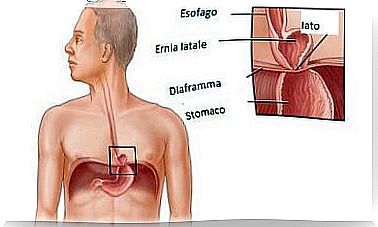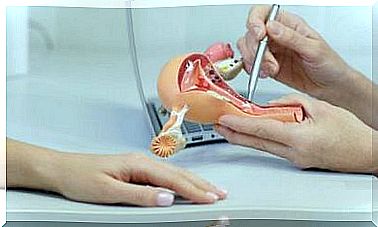Woodworms: How To Spot And Treat Them

Woodworms are among the main enemies of wood. The holes and tunnels created by the larvae are not perceptible until the damage is of a certain magnitude. They must therefore be prevented or identified as soon as possible. But what exactly are woodworms and how to tell if our objects have been attacked?
Woodworms
Woodworm is the name given to the larvae of various species of beetles, known for their gnawing, pitting and deteriorating wood. They are, to be exact, xylophagous larvae, that is, they feed on wood.
By feeding, the larvae create tunnels inside the wood, seriously damaging its structure. For this reason, it is essential to be vigilant and prevent their appearance.
What kind of wood is preferred by woodworms?
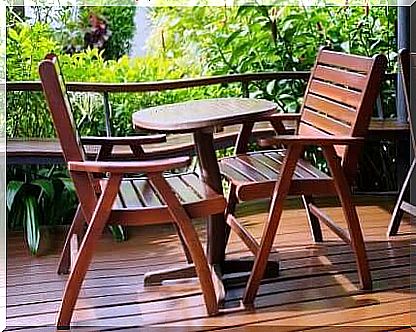
The woodworm is an insect related to man, in the sense that it appears where there are artifacts and human settlements. Its presence in nature, on the other hand, is more scarce.
In fact, it prefers wood that is not very humid, as well as environments sheltered from excessive cold and heat and from water. For this reason it is more unusual to find it in the woods or inside a living tree. It is more common to see a woodworm infestation in :
- Antique wooden furniture or structures.
- Environments with temperatures around 20-24 degrees.
- Objects preferably in beech, maple or chestnut.
How to identify the presence of woodworms?
In the early stages they are not easily detectable, as the holes created by them barely reach three millimeters. Nevertheless, the size of the holes will gradually increase, until they reach ten millimeters.
Even the characteristic noise emitted by insects as they gnaw wood is hard to hear, almost inaudible.
We can usually detect woodworms when there is sawdust under the furniture, the so-called rosume, or when the holes become visible. At this point, unfortunately, the damage is quite extensive.
Woodworms infest the wood and deteriorate it when they are in the larval stage. They feed on wood for years, finally they undergo metamorphosis to become adults, or beetles capable of flying. Once released, they live a few days: enough time to deposit their eggs in the wood and then die.
How to know if the woodworms are dead?
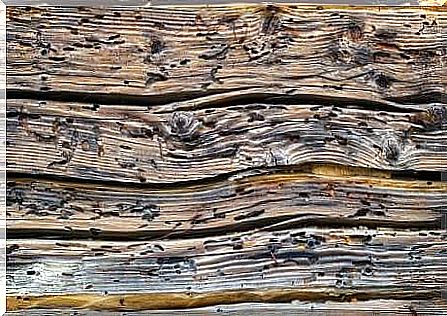
To identify the presence of woodworms, we must consider the presence of sawdust around the furniture or object and small holes.
These signs, however, do not indicate that the woodworm is still inside. It may no longer be present and the tunnels may date back to an old infestation.
Considering that the larvae can live in wood and feed on it for years, when we notice sawdust and holes, we must take into account some aspects:
- The color of the sawdust. If it is white, the infestation is certainly recent and there may still be some larvae inside the cabinet. Conversely, if the sawdust is brown in color, perhaps the parasite has already disappeared.
- The size of the holes. Recall that the larva undergoes metamorphosis transforming itself into a beetle that goes up towards the outside. If the holes are large, this could indicate that the woodworm has already come out and is no longer in the object.
- The noise of the larvae that gnaw wood. If we can distinguish the characteristic noise of the insect chewing the wood fiber, the infestation is still present.
How to fight woodworms
There are several methods to combat woodworms:
- Freezing : the larvae do not survive the cold. The infested object can then be stored for a certain period in a cold room. However, this is a method that must be done by expert hands, as freezing could ruin the structure of the wood.
- Gas. Some restorers treat worm-eaten furniture with gas inside an airtight chamber. Other treatments, always performed by a craftsman, are the application of heat and anoxia (oxygen deprivation).
- Chemical treatments. They involve the application of gels and injections of anti-woodworm chemicals.
Some DIY remedies that can be effective in these cases are:
- Insecticide. If the object or piece of furniture is not too large, we can remove the moisture with a hairdryer. Afterwards, we apply a specific insecticide against woodworms and wrap the object in plastic until the parasite disappears.
- Cold. Woodworms don’t like heat, but neither do they like cold. For this reason, a possible solution could be to leave the furniture outside during the winter season.
Prevention
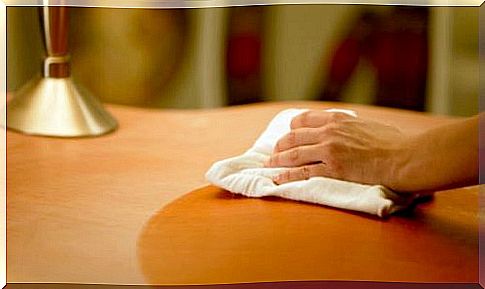
Here are some tips to prevent the appearance of woodworms:
- Ventilate. It is essential, as the accumulation of moisture inside the wood makes the fibers softer and more palatable for woodworms.
- Paint. Although it does not guarantee that woodworms will not penetrate the wood, a coat of varnish constitutes a safety barrier. On the market you can find specific anti-woodworm paints.
- Pay attention. The first step in preserving our wooden objects is to promptly detect the presence of unwanted guests.
This is not a problem to overlook, as by the time the holes are already visible, sometimes the internal damage is extensive. Better to be safe than sorry and, if necessary, to rely on an expert craftsman.
